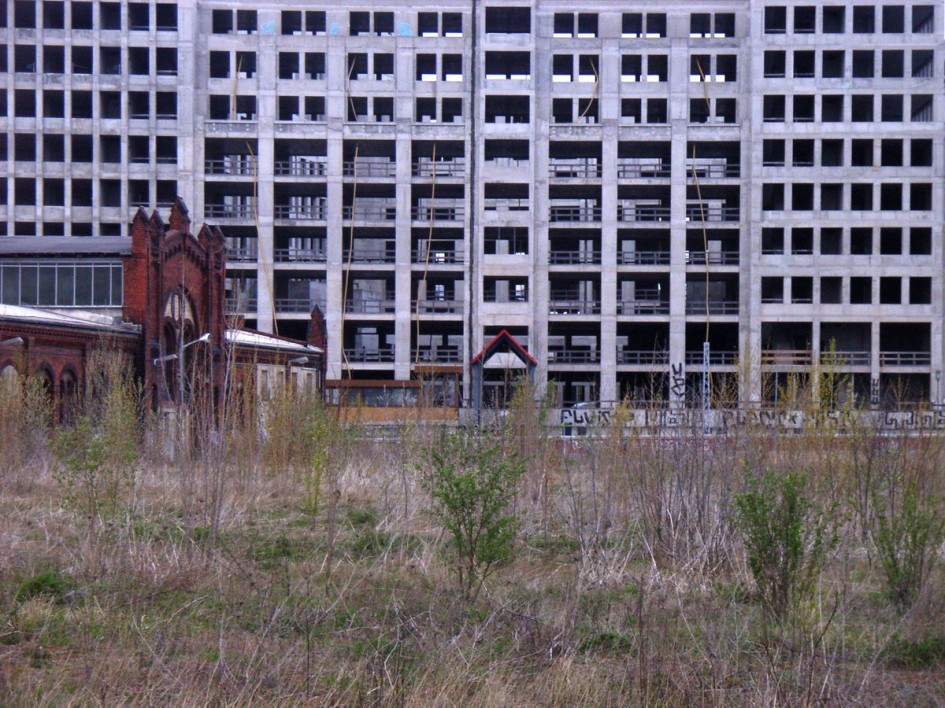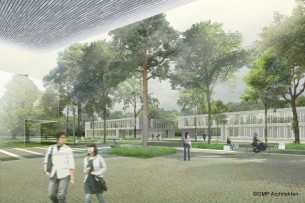A paper on modern ruins and architecture after speculation
Spaghetti western
The function of a space is often more subject to obsolescence than its structure, on purpose like in Jinhua by Ai Weiwei or accidentaly like in “shrinking cities” as defined by Philip Oswalt. A political shift, as for the “Palast der Republik” in Berlin, can condemn a structure in sufficient condition for reuse. The short term logic of the market even leads to situations where the purpose of a space can be lost before completion, as for Torre David in Caracas, or the long standby of the Rossi ruins in Berlin, and the spanish “ruinas modernas”.
These towns at commuting distance from economical centers might have failed before bankruptcy, having been planned as dormitory towns. Just like some French “banlieues”, they might have become social time bombs. Furthermore, the economical model that generated them excludes a part of the population from decent housing conditions. These unborn towns might therefore be seen as a chance for the community to redefine these spaces with a proper identity and centrality.
The various factors that lead to vacancy match with the diversity of possible appropriations. An unused space is loaded with cultural and social potential, while anybody can identify with it individually. These in between places might conciliate specific needs in a collective logic. Moreover, a space that is not producing value cannot be considered inexistent : as a matter of fact, there is a strong plasticity in abandoned structures.
These appropriation concepts could serve the development of scenarios for the aftermath of the virtual gold rush that lead to spanish ghost towns.
read full version
ruins, ruins, ruins, ruins, ruins



